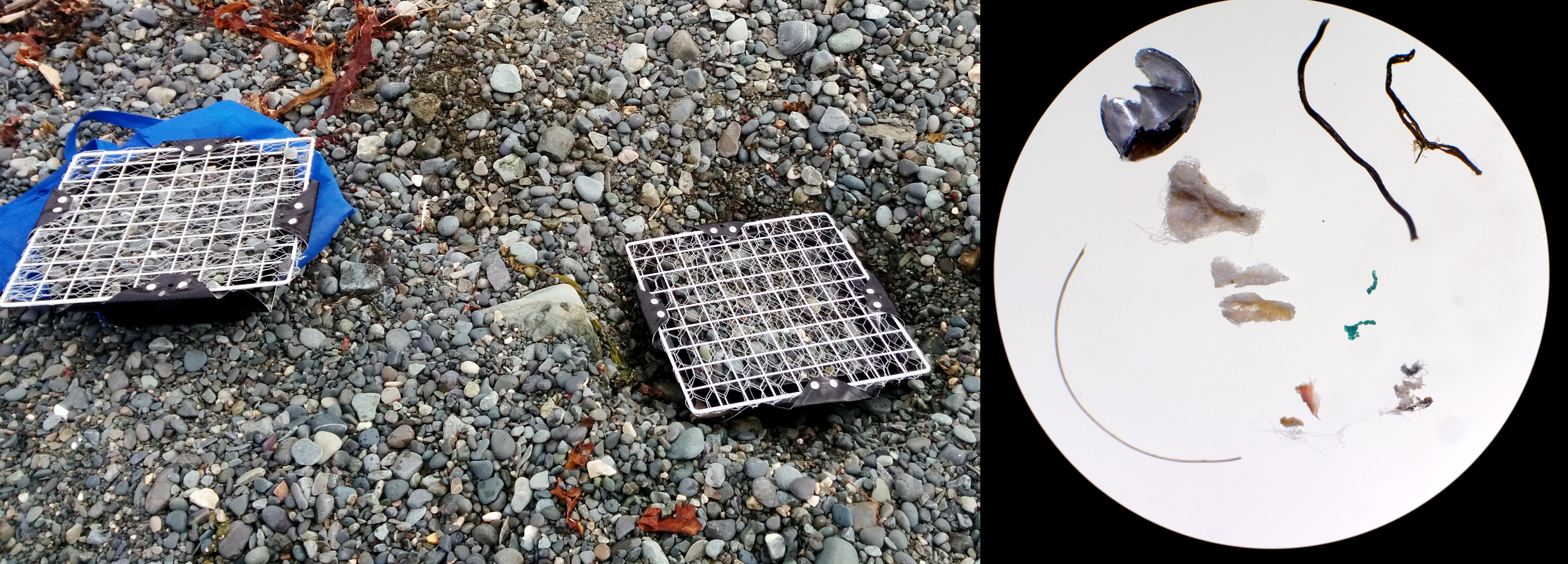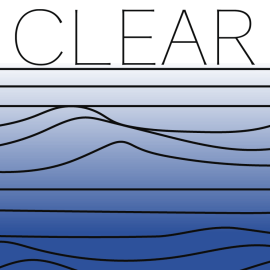Plastic Eating Device for Rocky Ocean Coasts (P.E.D. R.O.C.)
Version 1.0 Developed by Cian Kavanagh, Colin Grenning & Nicolas Brouard-Ayres
Version 2.0 Developed by William Glatt, with Colin Grenning
Both versions developed under supervision of Dr. Max Liboiron
Full technology report for version 2.0 & 3.0 is found here.
Technology report for version 1.0 is here.

All “universal” protocols for monitoring plastics on shorelines assume sandy beaches. The P.E.D. R.O.C. is specifically designed to be used on rocky coastlines, a terrain which is ubiquitous in Newfoundland, Canada, as well as many areas of the circumpolar north. Currently there is no information or established protocols on how to gather and study ocean plastics in a rocky setting.
While still in development, the P.E.D. R.O.C. has a basic design that has successfully captured microplastics. The metal mesh on the top of the device allows water and plastics to flow in. The sieve on the bottom of the device is much finer than the top, so water will drain back out while leaving the plastics trapped within the body. This device is meant to be buried in rocks, left for a period of time, and then retrieved.
The P.E.D. R.O.C. 2.0 prototype was successful in detecting marine microplastics and surviving a short period of deployment on Topsail Beach, Newfoundland, an area of extreme kinetic wave energy. After processing the results, several conclusions have been made. However, the design needs to be fine tuned so that the technology not only works in the field, but also in the lab. The test helped to identify weaknesses in the design, particularly in accessing and processing the plastics collected. Future work should focus on finalizing the technology in such a way that incorporates laboratory processes for extracting plastics from the device. It will also need to be validated, as the question of whether and to what degree plastics may be escaping (possibly by floating back out when the tide rises) has not yet been addressed.
The full technology report, including how to build a P.E.D. R.O.C. to improve on its design, and the history of the design process, can be found here.
The P.E.D. R.O.C. is licensed under a Creative Commons Attribution-NonCommercial-ShareAlike 4.0 International License.


5 Comments